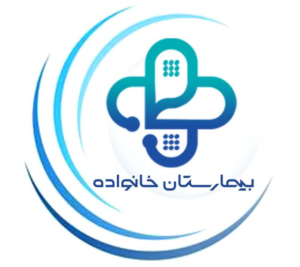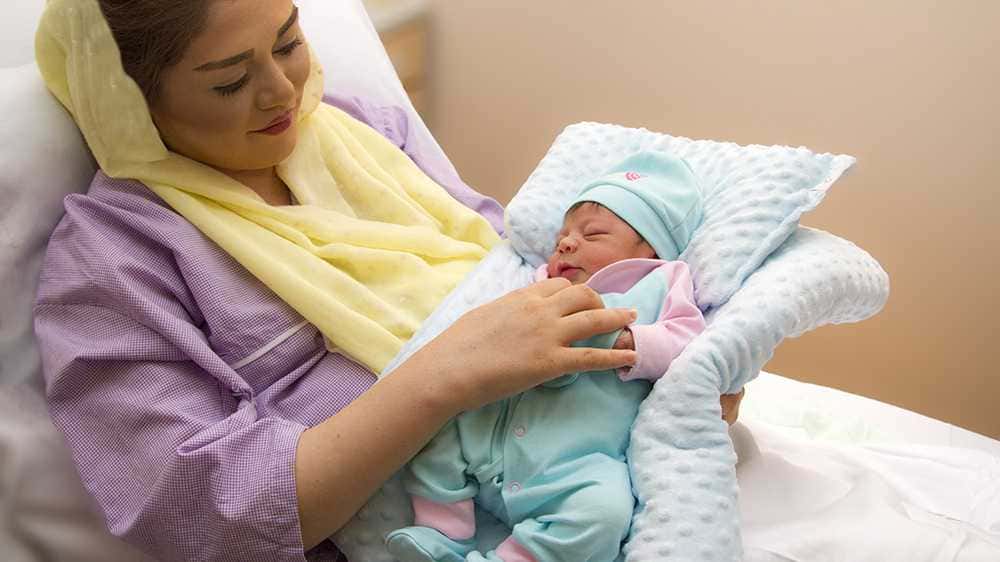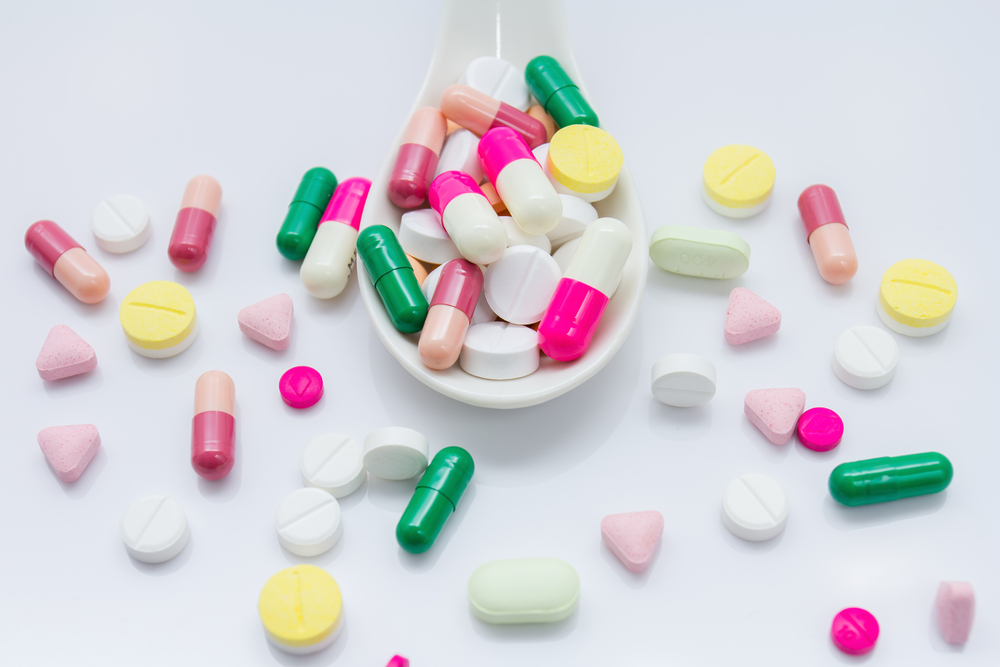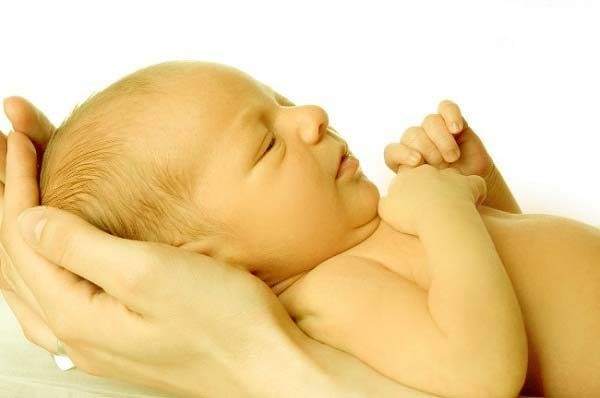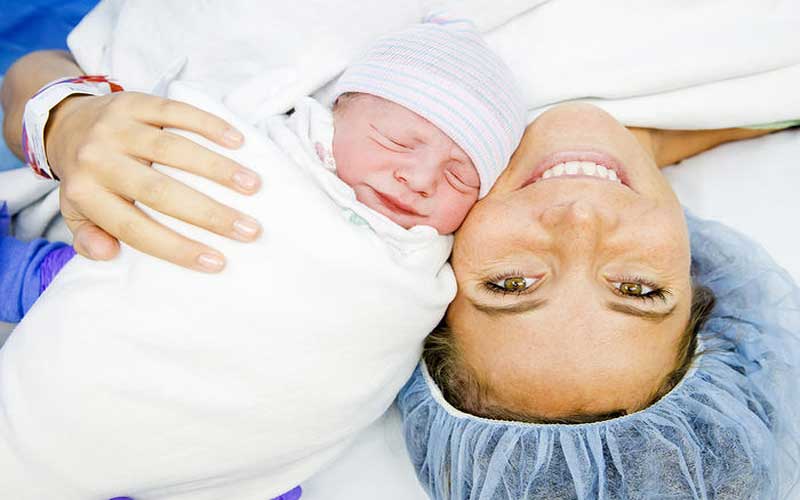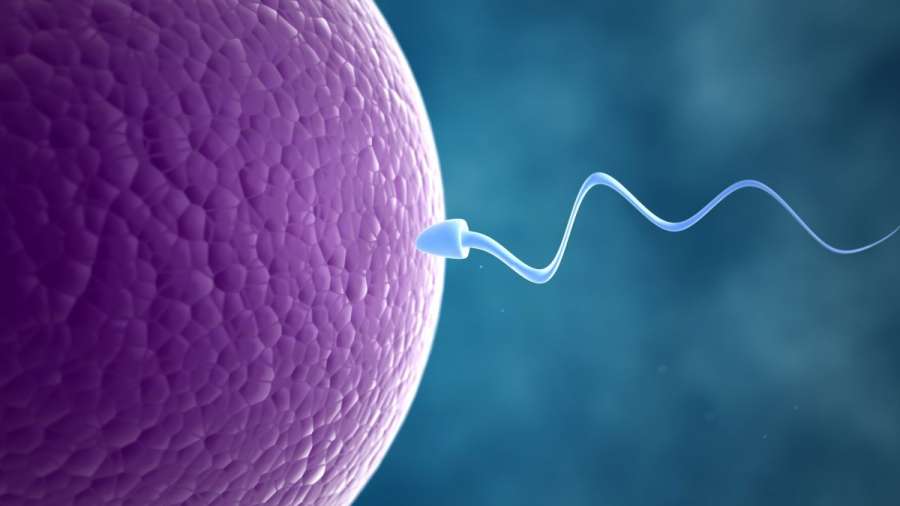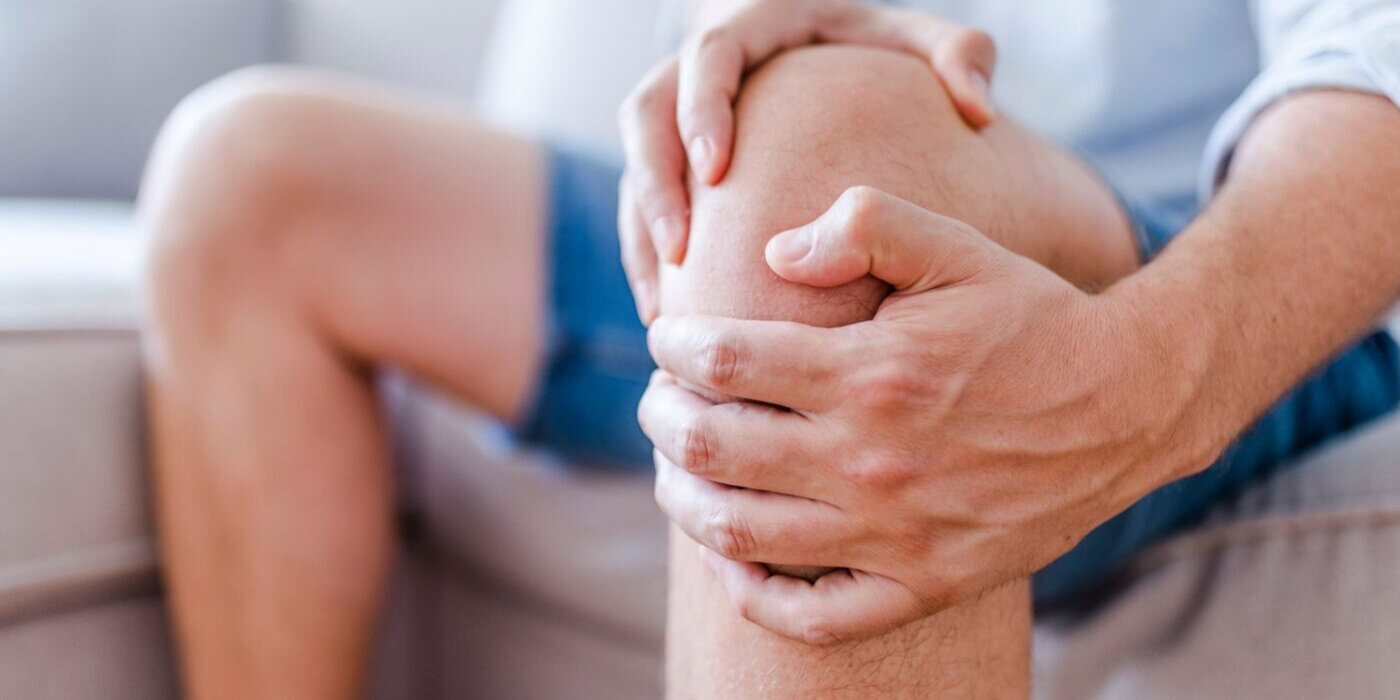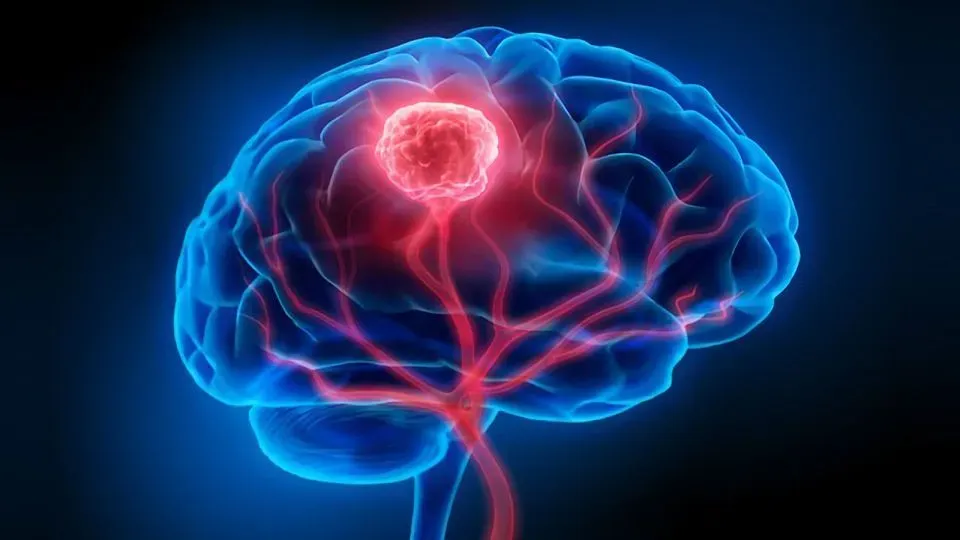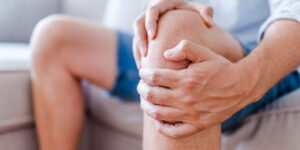What we need to know about cesarean section
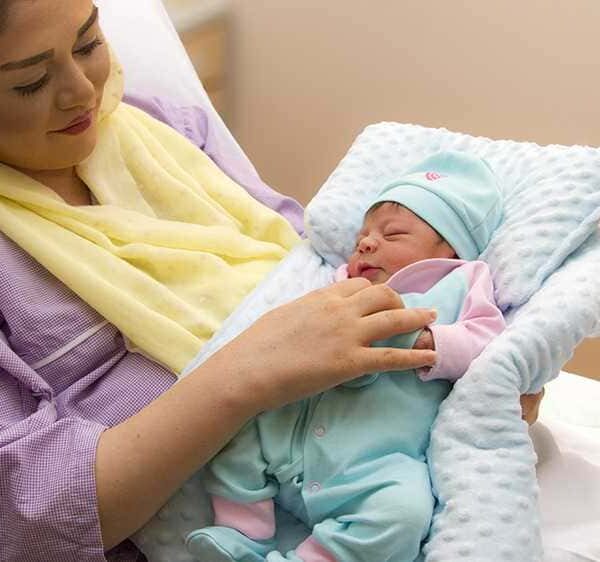
Caesarean section is a surgical procedure in which an incision is made in the abdominal wall and the mother’s uterus to deliver the baby. Caesarean section is generally considered a safe surgery, but its risk is higher than normal delivery. In addition, you will be discharged earlier after a normal birth and you can return home. However, caesarean section can be used in complicated and dangerous situations and save the life of mother and baby in necessary cases. Cesarean section can be performed under spinal anesthesia or general anesthesia.
For what reasons is a cesarean section performed?
- Abnormal position of the fetus
- Fetal distress: if there are obvious changes in the heart rate of the fetus, which indicates a decrease in oxygen supply to the fetus.
- Previous caesarean section
- Problems related to placenta and umbilical cord
- multiple
- Incompatibility of the fetal head with the mother’s pelvis
- Miscellaneous cases such as: high blood pressure, AIDS, etc.
- Postpartum care by cesarean section
The postpartum period is one of the most important stages in the life of mothers, proper care during these 6-8 weeks has an impact on the health of the mother, the growth and development of the baby, and the health of the family. Also, during this stage, the baby undergoes significant developmental changes, which play a significant role in the mother’s health and recovery after cesarean section. Acquainting mothers with post-cesarean care helps them to spend the post-cesarean recovery period away from any danger. I hope this guide answers your questions dear mother.
Things that may be observed after cesarean section:
- There may be significant bleeding up to 24 hours after cesarean section, but the amount of blood gradually decreases. Also, secretions may be seen for up to six weeks and then it will stop.
- Pain from the operation site and pain from uterine contractions may be felt after breastfeeding. This pain is due to the return of the uterus to its original pre-pregnancy state and can be relieved with painkillers prescribed by your doctor.
- 6 to 8 hours after the operation (at the doctor’s discretion), get off the bed and walk. This will reduce the accumulation of gas in the abdomen and eliminate the pain caused by it.
- After removing the urinary catheter, inform if there is no urination or bloody urine.
- The mother can take a bath 72 hours after the operation and remove the dressing, if the dressing is waterproof, she can take a bath and remove the dressing on the third day after the operation, and ten days after the caesarean section, she can return to remove the stitches.
Maternal nutrition after caesarean section
It is recommended to avoid eating flatulent foods such as raw fruit, factory juices such as sandwiches, beans, rice and stew for one week after cesarean section. Foods such as kebabs, grilled chicken, boiled meat or chicken and cooked vegetables such as carrots, pumpkins, potatoes and diluted compote are more suitable. In case of constipation, use soaked olive oil, prunes and dried figs.
How to urinate and defecate
It is better to use the toilet to prevent pressure on the sutures.
activity rate
Try to walk regularly because walking accelerates recovery and prevents side effects such as bloating, constipation, and blood clots.
Remember that having enough rest between activities helps to speed up recovery after delivery. Try to rest during the hours when the baby is sleeping and avoid long visits from relatives as much as possible.
Do not do heavy work at home and do not lift objects heavier than your baby.
Time to start exercise
- Usually, exercise is allowed from the 10th day onwards in the first visit by the attending physician.
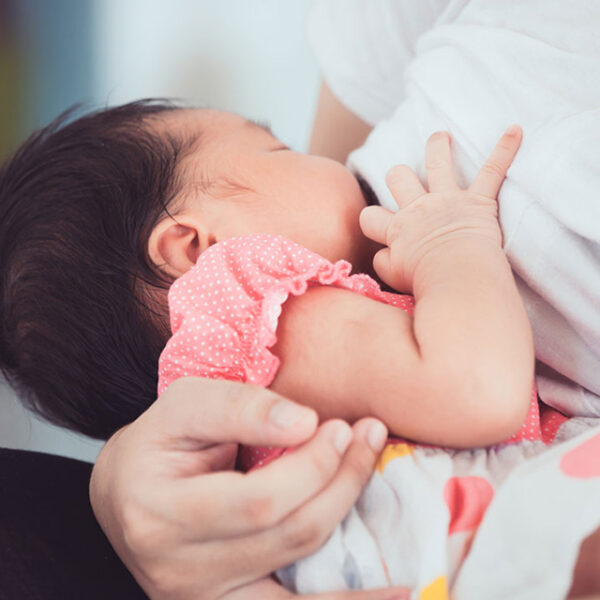 breastfeeding
breastfeeding
Feed the baby regularly from both breasts. In case of unusual chest conditions such as chest stiffness, pain, redness and fever, inform your doctor and go to the hospital.
It is also recommended to wash the nipple with lukewarm water before and after each feeding to prevent contamination.
Points to follow
If you see fever, inflammation of the operation area, i.e. redness, pain, discharge, fever, severe and abnormal bleeding, go to the hospital.
